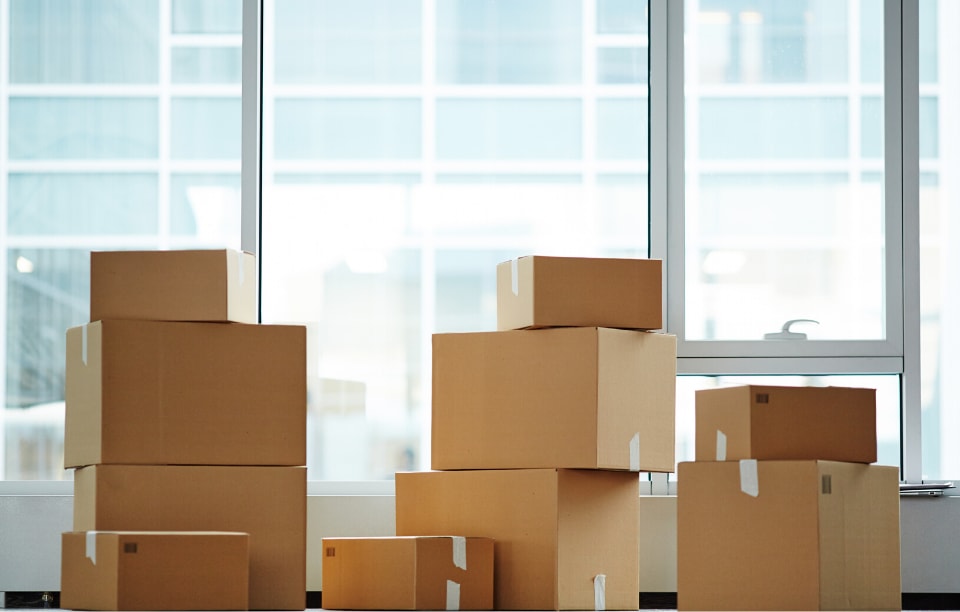My Tenant Wants to Do the Move Out Inspection Early—Should I?

Most landlords agree that conducting a move out inspection early is a bad idea and has led to some pretty costly lessons learned (i.e., tenants using moving boxes and furniture to hide property damage.)
If you want to be nice, you can do a “pre-move out” inspection to give tenants a heads up of what they’ll need to fix but never return their deposit until after they’ve gone and you can fully inspect an empty property.
Look into your state laws to see how long you have to complete an inspection; most states give you 21-30 days to complete an inspection. After you complete the inspection, send the tenant an itemized list of anything you will need to deduct from the tenant’s security deposit.
How to handle a tenant who wants to do the move out inspection early
If or when a tenant asks you to conduct the move out inspection early, politely yet firmly let them know it’s against your policy. If you want, some landlords offer tenants a “pre-move out” inspection. This usually involves the landlord doing a cursory inspection with the tenant to give them a heads up of damages or issues they might be charged for and giving them the chance to rectify the issue before the final move out inspection.
If you’d like to offer a pre/post-move out inspection, here is a sample response you could send the tenant:
Pre Move Out Inspection Letter
Hi [Tenant’s Name],
We do not offer early move out inspections unless the property/unit is completely empty and the tenant(s) has completely moved out. This is to properly assess the condition of the property.
We are, however, willing to conduct a “pre” move out inspection but understand it is not the final or “official” inspection. We will still conduct a “post” move out inspection with an empty unit to properly assess the property. Once the inspection is complete, we will send you an itemized list of security deposit deductions. Your security deposit (minus any deductions) will be refunded by [insert #] days of move out.
Cordially,
[Your Name]
What else can I do for my move out inspections?
Another option you can do instead of/in conjunction with a “pre-move out” inspection, is giving tenants a move out checklist of common cleaning measures or fixes they probably need to take before moving out such as
- Fixing or spackling any holes in the wall
- Repainting the walls (if applicable)
- Replacing burned-out lightbulbs, dirty light bulbs
- Repairing broken blinds
- Cleaning dirty stoves (and other appliances)
- Removing all trash properly
You can also recommend a professional cleaning service to the tenants to help them get the apartment inspection-ready. You can develop your own inspection list and use checklists such as the HUD’s inspection checklist as inspiration for how you might go about inspecting.
During and After Residency Inspections: What Should I Look For?
When inspecting occupied or vacant properties, here is a good (but certainly not definitive) checklist of household items to look over:
- Smoke and carbon monoxide detectors
- Bathroom – plumbing, pipes, faucets, mildew/mold
- Kitchen – leaking faucets, pipes
- HVAC filters
- Floors – broken tiles, loose floorboards
Other places that are often overlooked during inspections are attics and crawlspaces. You never know what people, animals, must or rust has gotten in there! Be sure you’re checking those places out regularly. Also, outside of the property as well, such as yards, fences, siding, roofs, porches, etc.
Should I document an inspection?
100 percent emoji. Especially for your own reference, you should be documenting your inspections and findings with photos or videos. Think of it this way: with every tenant, repair, or upgrade you should be dating and documenting anything and everything—like appliances, flooring (carpeting), paint, tile work. Anything that could possibly be damaged and attempted to pass off as normal “wear-and-tear”.
Importantly, moveout inspections need to be conducted after the tenant has completely moved out. Landlords have been the victim of losing security deposit money by allowing early move out inspections in which property damage was covered up by moving boxes or furniture not yet packed. No matter what your inspection list contains or how you document the inspection, be sure that you conduct it after the tenant has completely vacated the premises.
